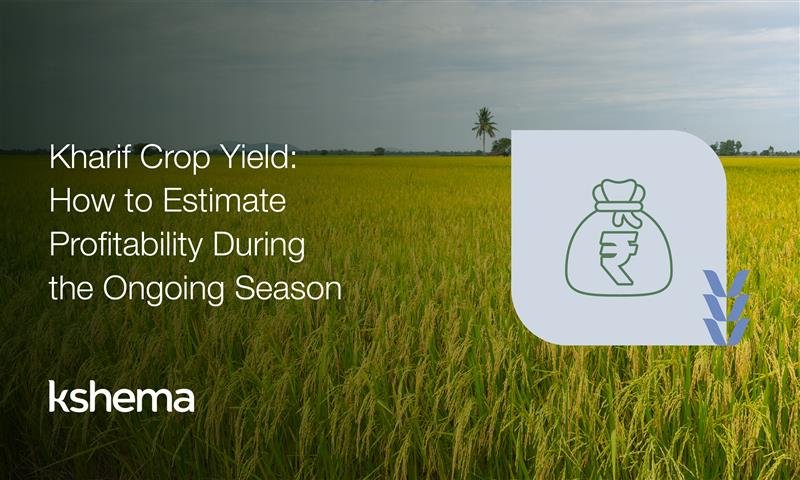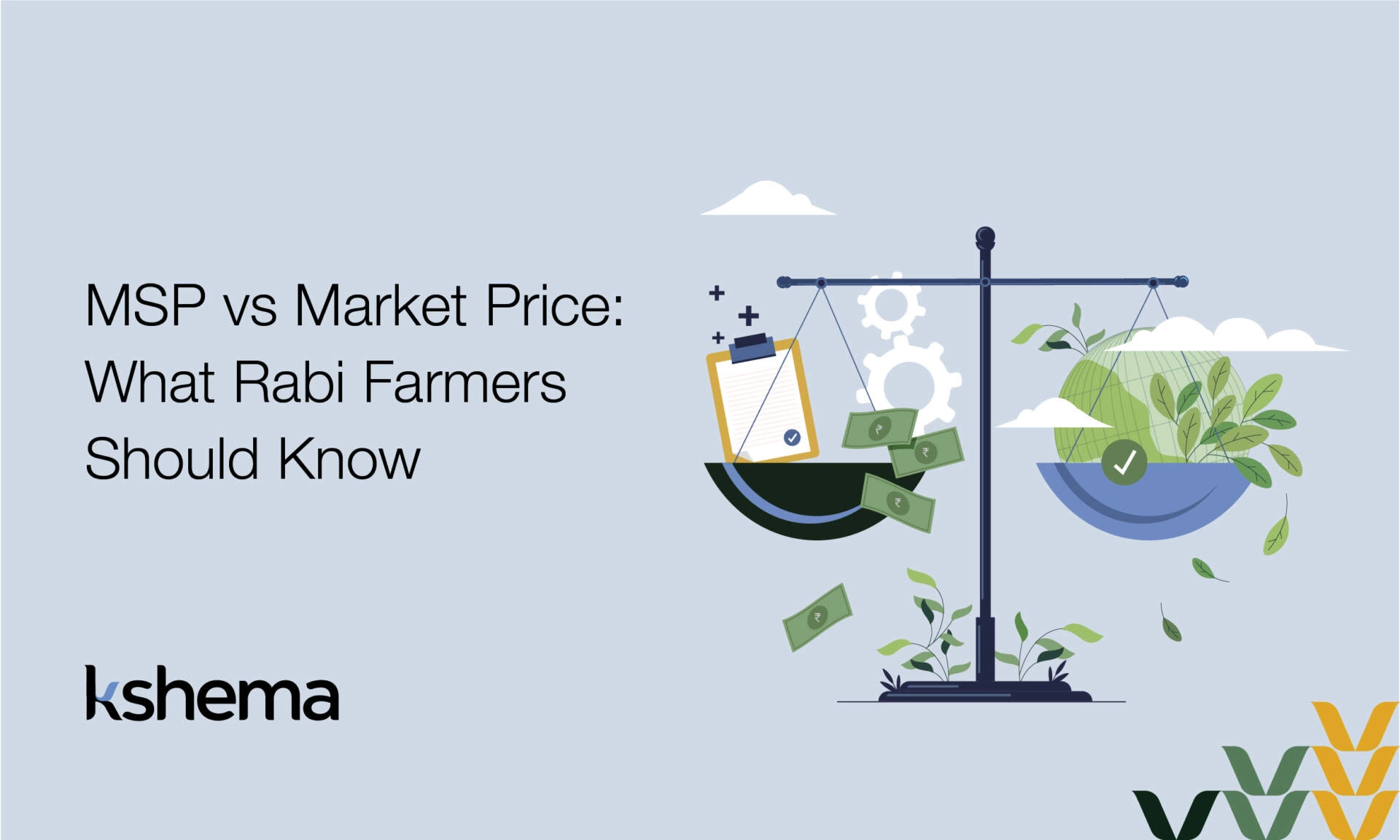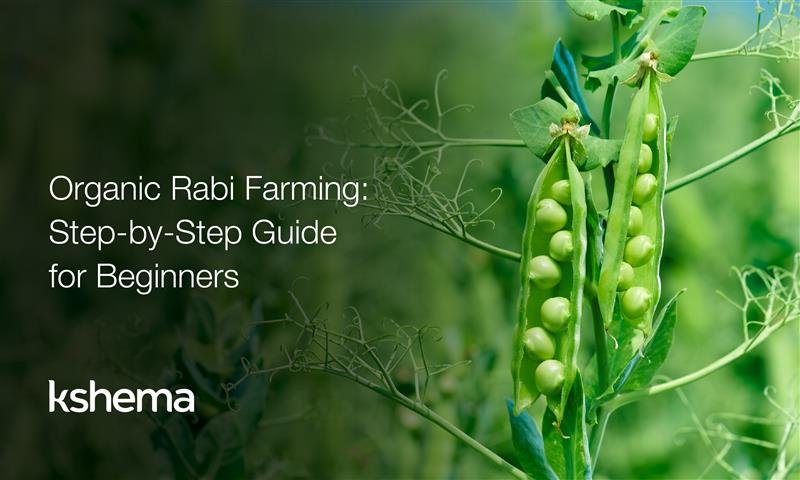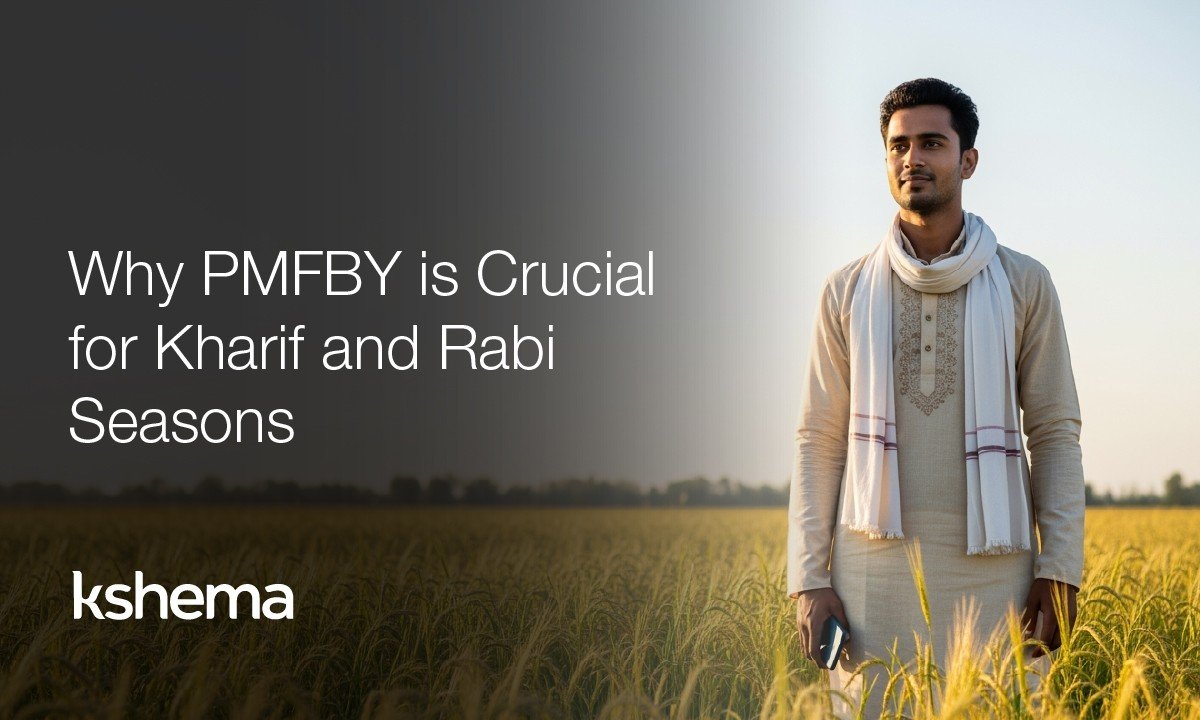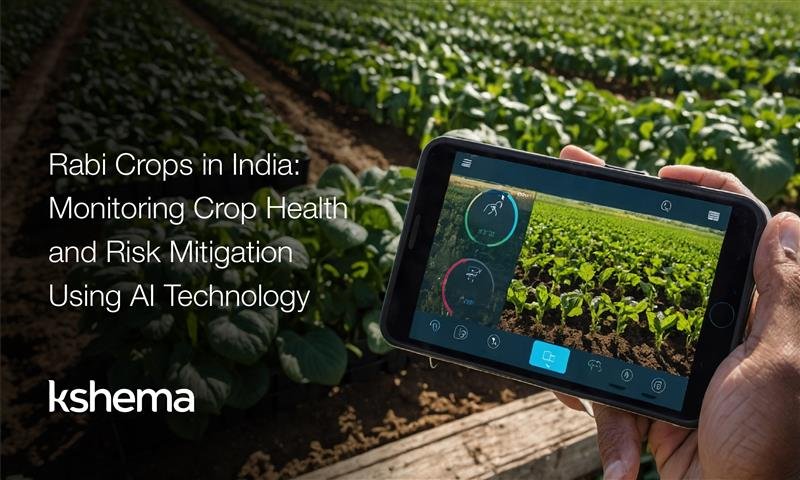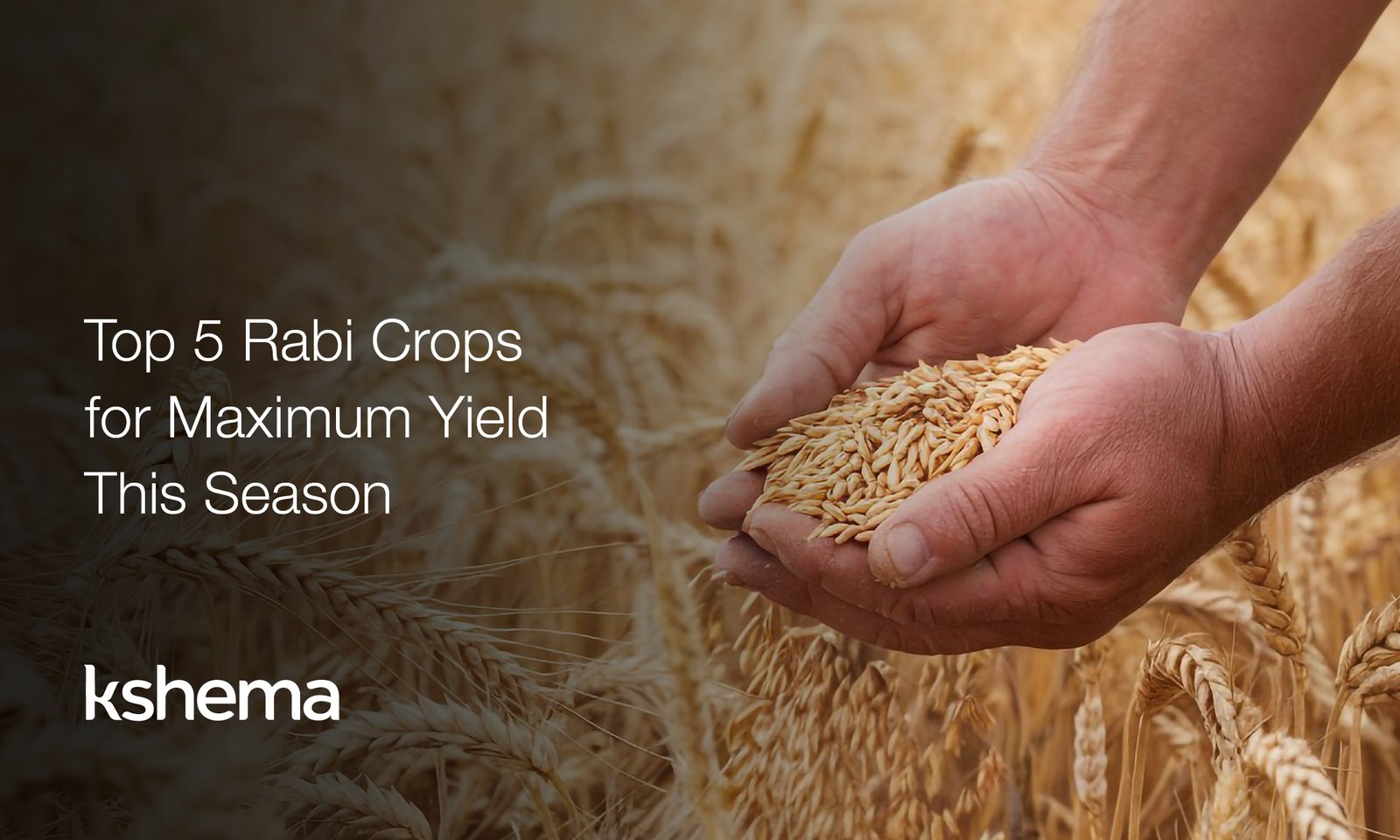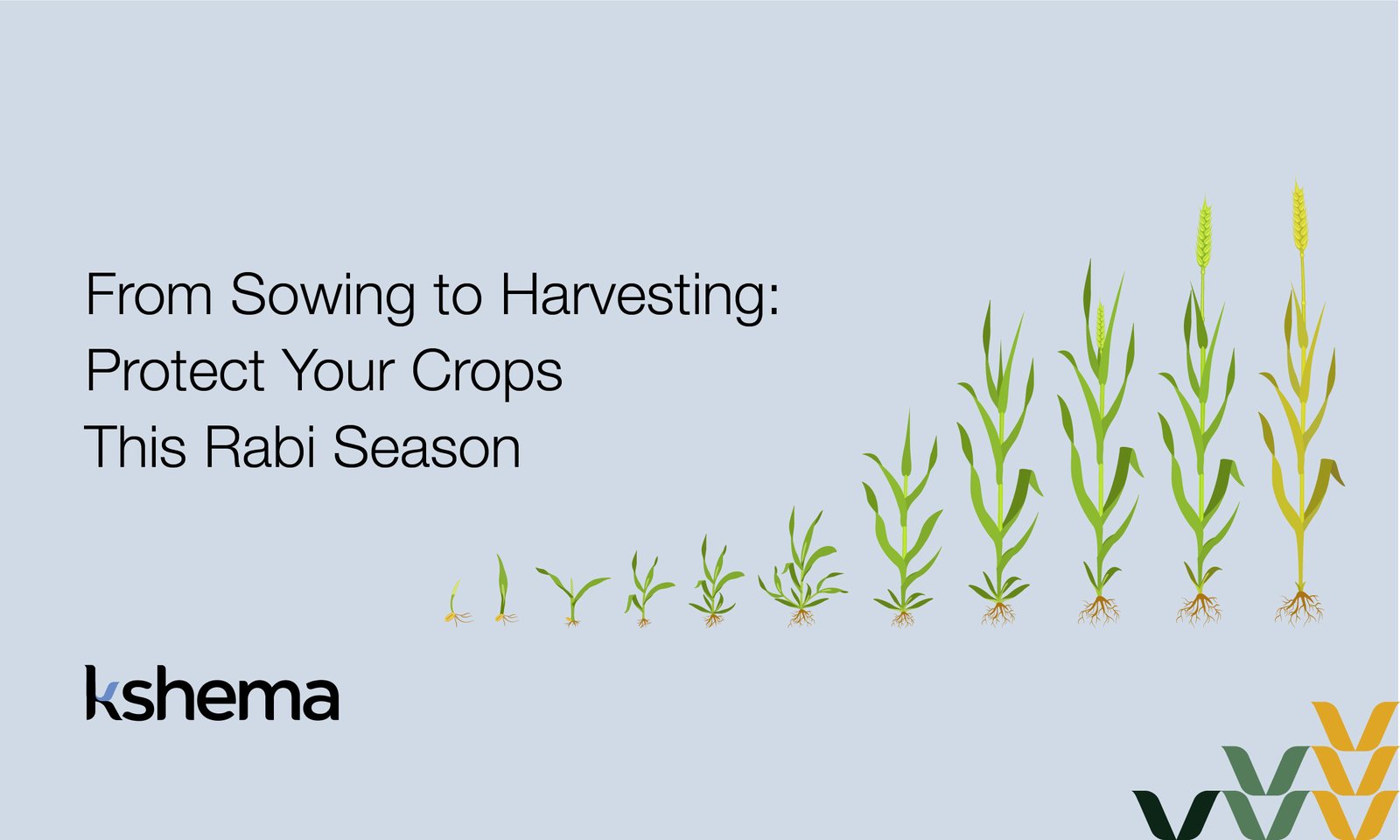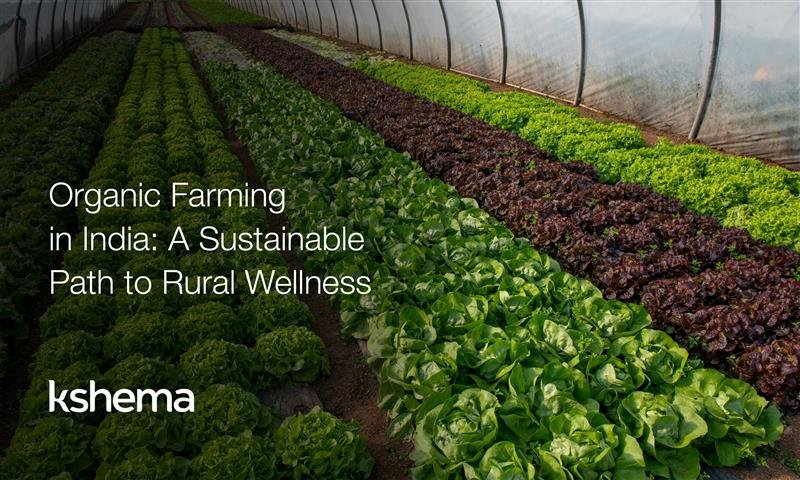Kharif Crop Yield in India: Estimation, Farming Practices & Profitability
The Kharif season, which begins with the arrival of the monsoon, offers farmers the chance to earn well — but it also brings risks. With smart planning, you can make this season profitable. The key is to estimate your Kharif crop yield and monitor costs to understand whether your chosen crop will deliver a good return as the season progresses. This can help you take timely steps to improve outcomes. Here’s how to approach it:
1. Assess Whether Your Crop Choice Matches the Conditions This Season
The first step towards profitability is checking whether the crops you have sown are responding well to your local conditions this year. Kharif crops such as paddy, maize, cotton, groundnut, soybean, and tur (pigeon pea) all require specific soil types, water levels, and care.
To make a smart assessment that maximises your returns this season:
- Look at your area’s average rainfall and how it is progressing this monsoon.
- Check your soil’s current moisture and fertility.
- Consider current market demand for your chosen crop.
- Review your farm’s performance in this and past Kharif seasons.
2. Mid-Season Yield Estimation
Your yield estimate forms the foundation of your profitability plan. As the season progresses, refine your yield expectations by:
- Reviewing crop progress compared to past years.
- Checking local agricultural department updates.
- Taking advice from Krishi Vigyan Kendras (KVKs) or experienced farmers in your area.
3. Tally the Usual Market Prices vs the Current Market Trends
Even a high Kharif crop yield may not lead to profit if market prices for those crops are consistently low. Mid-season, it’s important to:
- Visit local mandis to track current selling rates.
- Talk to traders about expected price trends during the harvest.
- Consider whether you will sell immediately after harvest or store the crop for better rates later.
4. Calculate the Cost of Cultivation
Profit is not just about the income from selling your crop—it’s also about how much you have spent to grow it. Make a list of all expenses, including:
- Land preparation and ploughing.
- Seeds and planting material.
- Fertilisers, pesticides, and manure.
- Labour costs for sowing, weeding, irrigation, and harvesting.
- Irrigation expenses.
- Transport and marketing costs.
5. Compare Income and Costs
Once you have your estimated Kharif crop yield, your expected selling price, and your input costs, compare them to determine your expected profit margin. If your margin seems too low, you can:
- Adjust input usage to avoid overspending.
- Reduce costs by sharing resources or buying inputs in bulk for remaining operations.
- Explore high-yielding seed varieties suited to your soil and climate for the next season, while managing your current crop carefully.
- Explore high-yielding short-duration crops for intermediate sowing if field space and conditions permit.
6. Be Prepared for Risks
Farming comes with risks such as unpredictable rainfall, natural disasters, animal attacks, and sudden price changes. To reduce their impact:
- Base your calculations on slightly lower yield and price estimates.
- Keep a reserve fund for emergency expenses.
- Buy crop insurance to protect your investment in case of losses due to natural calamities.
7. Compare Different Crops to Plan Ahead for the Next Season
While monitoring this season’s progress, start noting down profitability factors for different crops. This way, when you plan your next sowing, you will already have enough data to compare:
- Profit margins
- Input costs
- Labour requirements
- Market stability
Why Mid-Season Kharif Profit Planning Matters
When you plan and monitor profitability throughout the Kharif season, you are better prepared to handle challenges. By tracking and estimating your Kharif crop yield and calculating costs in real-time, you can:
- Avoid financial losses.
- Use your resources efficiently.
- Make informed decisions about harvesting and selling.
- Build long-term farming success.
Final Thoughts
The Kharif season offers great potential for farmers who prepare carefully and stay alert to changing conditions. Tracking crop progress, refining your yield estimates, monitoring prices, and controlling costs mid-season are essential steps.
While planning protects your profits, crop insurance protects your hard work. With Kshema General Insurance’s affordable and reliable crop insurance policies, you can farm with confidence, knowing you are protected against nature’s uncertainties.
Whether you are safeguarding your investment from floods, earthquakes, animal attacks or more, Kshema stands with you through every season — so that you can sow wisely, plan ahead, and secure your success.
Frequently Asked Questions on Kharif Crop Yield
1. What is Kharif crop yield?
Kharif crop yield refers to the output of crops like paddy, maize, cotton, soybean, and groundnut grown during the monsoon season in India.
2. What is Kharif farming in India?
Kharif farming begins with the arrival of the monsoon (June–July) and includes crops such as rice, maize, pulses, and oilseeds, harvested in October–November.
3.How can farmers improve Kharif crop yield?
By using region‑specific crop calendars, soil testing, timely irrigation, pest management, and adopting modern farming practices.
Disclaimer:
“We do not assume any liability for any actions undertaken based on the information provided here. The information gathered from various sources and are displayed here for general guidance and does not constitute any professional advice or warranty of any kind.”


